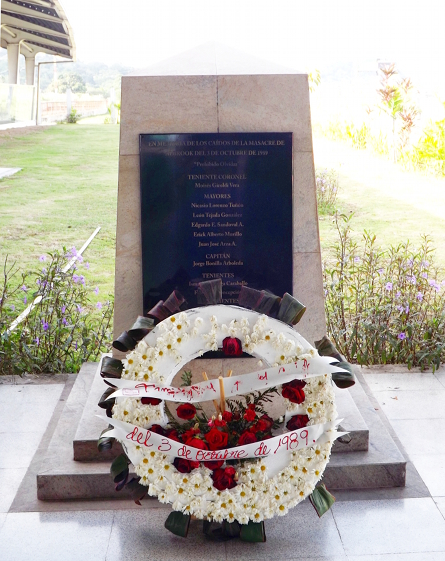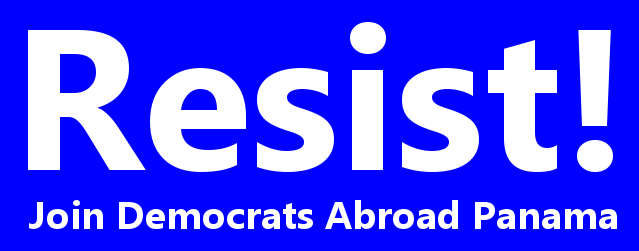
1989: a suppressed discussion reopened
photo by Eric Jackson
With all the journalism and all the hype, can it really be said that the story of what happened to Panama has been suppressed? Indeed it has, notwithstanding the Noriega retrospectives on the occasion of his demise earlier this year, Barbara Trent’s award-winning documentary that focused on Bush the elder’s information control games and many books, two noteworthy ones John Dinges’s Our Man in Panama and the sweeping and polemical setting of the local context In the Time of the Tyrants by Richard Koster and Guillermo Sánchez Borbón. But for all of that, a central protagonist went to his grave having said what he wanted to say and left us with self-serving lies and evasions about many matters.
We might reflect on the contention — with which this reporter agrees — that all journalism necessarily has a point of view and that the above-linked works are examples of that. Even more so are the accounts of protagonists in great historical events, as candid or not as they might be. But about the events of 1989 in Panama there has been a remarkable suppression of memory from many sides.
The United States has never opened its own diplomatic and military archives, and carted away Panama’s government archives to be held unpublished to this day. It might be interesting to see all of the Catholic Church’s records on the subject, not only on the December invasion that Archbishop McGrath characterized as “a liberation” but also on the looting and settling of accounts that followed. About the looting it’s common enough and legally correct to hear the assertion — generally by PRD folks — that the US forces violated a Geneva Convention stricture imposing the duty of maintaining order on an occupying army. There is more to it than that — this reporter saw looting in the presence of smiling US troops and it begs on the American side the question of by whom this conduct may have been ordered and on the Panamanian side inquiries into just what sort of people we are and those who live next door are. Also about 1989 there are many tales of bravery, cowardice, loyalty and betrayal on all sides that have been treated as too controversial, too dangerous or too embarrassing to be told by those who survived.
On so many points we must put together fragments, reject things that have the ring of untruth and draw likely contours from what is known. It’s a risky art or an inexact science. Beyond establishing the facts, there is the editorial judgment about which facts are worthy of notice. For example, is it a gringocentric perspective to notice with amazement that among the many Panamanian accounts of Noriega’s crimes on the occasion of his passing earlier this year, none mentioned that this was a soldier who deserted under fire?
And now we have this monument to the soldiers who were executed in a hangar at Albrook on October 3, 1989 after a failed coup attempt against Manuel Antonio Noriega. On the obelisk one will note posthumous promotions, a norm for Panamanian men and women of arms who die in the line of duty. Such promotions are typically not just honorary, but increase the pensions for the deceased’s survivors. Thus coup leader Moisés Giroldi is styled as a lieutenant colonel rather than as a major.
Unsaid here are what promises of support for the coup were made and broken, who gave which orders, who pulled the triggers and the overall impact of the Albrook Massacre, which surely sapped most of whatever will to fight remained in the Panama Defense Forces some two and a half months later when the invasion came. It is forbidden to forget? A reasonable idea — but there are still facts to be ascertained.
~ ~ ~
These announcements are interactive. Click on them for more information.










